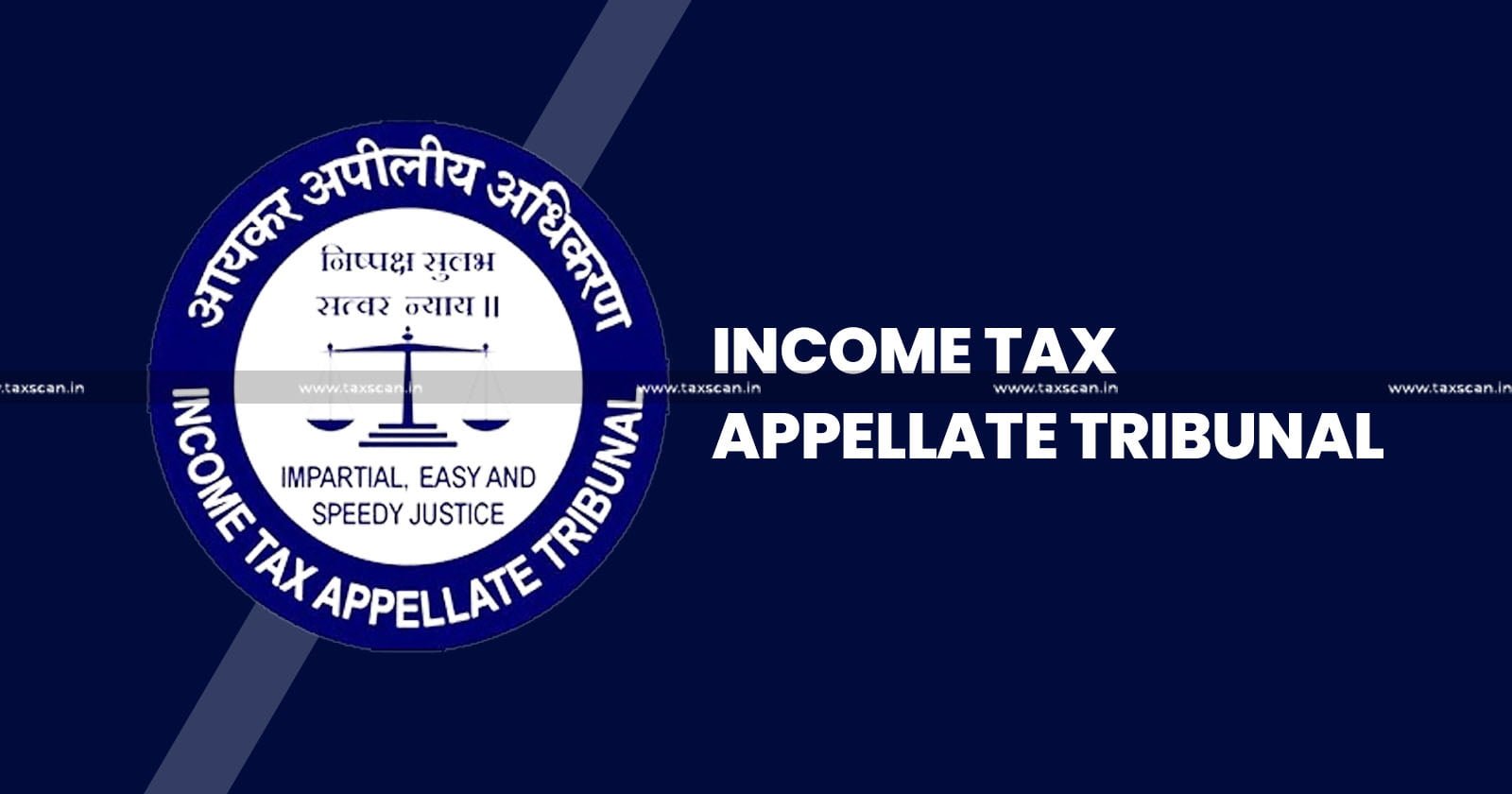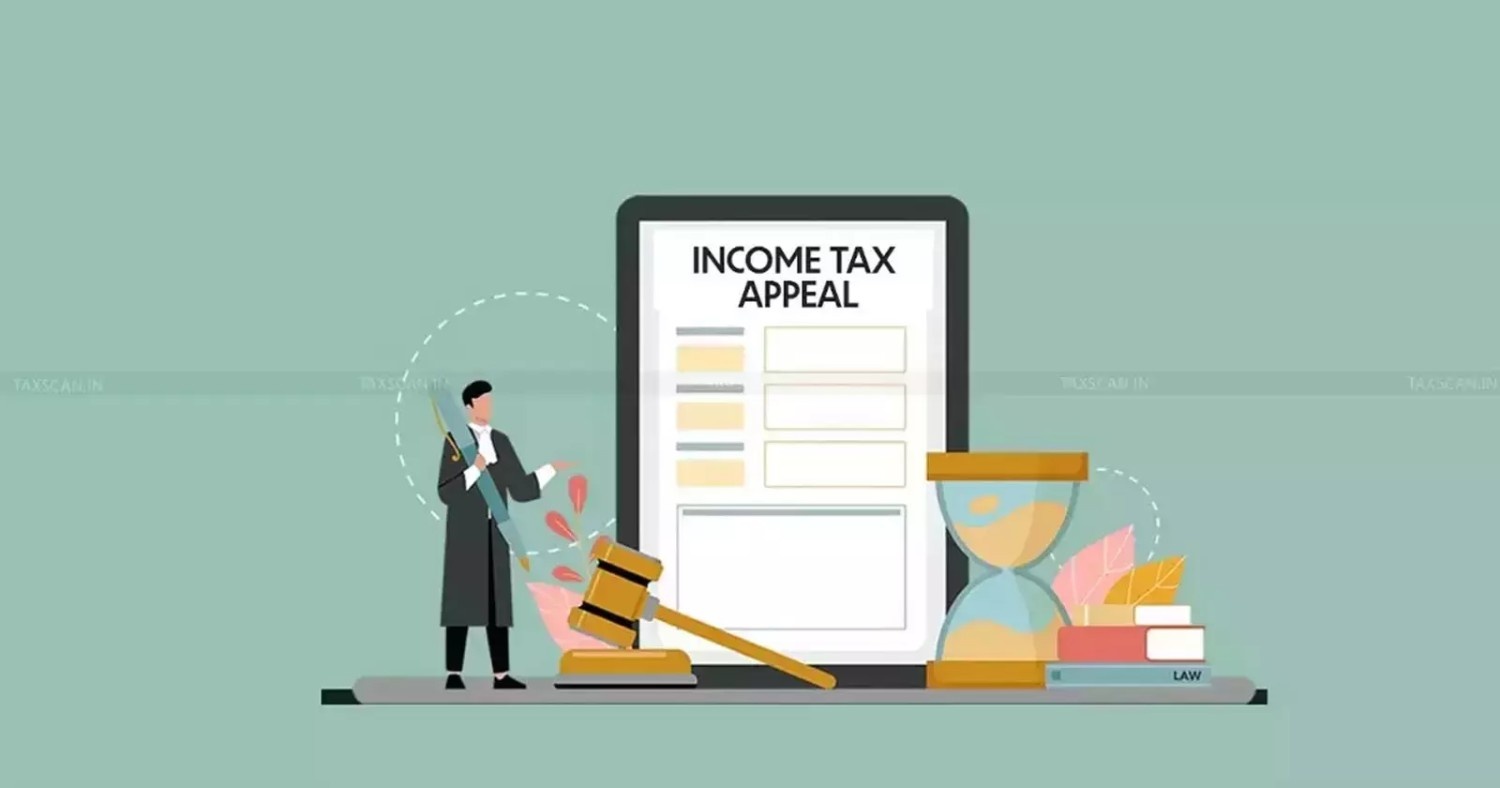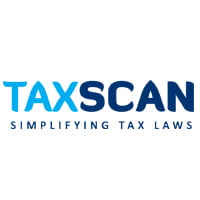Payments to Residents: ITAT Upholds Restriction of Disallowance to 30% Based on Documentary Evidence [Read Order]
The Tribunal confirmed the CIT(A)'s decision to restrict the disallowance under Section 40(a)(i) to 30% after finding that the disputed payments were, in fact, made to residents.
![Payments to Residents: ITAT Upholds Restriction of Disallowance to 30% Based on Documentary Evidence [Read Order] Payments to Residents: ITAT Upholds Restriction of Disallowance to 30% Based on Documentary Evidence [Read Order]](https://images.taxscan.in/h-upload/2025/10/27/2100056-disallowance-itat-taxscan.webp)
The Chennai Bench of the Income Tax Appellate Tribunal (ITAT) confirmed the Commissioner of Income Tax (Appeal) [CIT(A)]'s decision to restrict the disallowance under Section 40(a)(i) to 30% after finding that the disputed payments were made to residents.
Durr India Pvt. Ltd (assessee), a company providing paint finishing systems and related services to automotive manufacturers filed the return of income, was processed under Section 143(1) of the Act, resulting in an adjustment. A
The Assessing Officer (AO) made a disallowance of Rs. 58,00,953/- under Section 40(a)(i) , as the intimation stated that Form 3CD reported payments were made to non-residents without Tax Deducted at Source (TDS).
Comprehensive Guide of Law and Procedure for Filing of Income Tax Appeals, Click Here
 Also Read:Applicability of 5% Tolerance u/s 56(2)(x): ITAT Rules Amendment Curative, Applies Retrospectively [Read Order]
Also Read:Applicability of 5% Tolerance u/s 56(2)(x): ITAT Rules Amendment Curative, Applies Retrospectively [Read Order]
Aggrieved by the AO’s order, the assessee appealed to the CIT(A). The assessee argued that the reporting in Form 3CD was erroneous and the payments were actually made to residents. Therefore, the assessee submitted that the provisions of Section 40(a)(ia), which restrict the disallowance to 30% of the expenditure, should apply.
The CIT(A) examined the payments, found that the payees were resident Indians, and accordingly restricted the disallowance under Section 40(a)(i) of the Income Tax Act to 30% which amounted to Rs. 17,40,286.
Aggrieved by the CIT(A)’s order, the Revenue appealed to the ITAT. The Counsel for the Revenue argued that the Centralised Processing Centre (CPC) rightly invoked the 100% disallowance under Section 40(a)(i) based on the audit report.
The Counsel contended that the assessee's claim of payments to residents was unsubstantiated, and the matter should have been remitted to the Assessing Officer (AO) for verification. It was emphasized that Section 40(a)(i) mandates a 100% disallowance for non-resident payees, whereas Section 40(a)(ia) applies only to payments made to residents.
The Counsel for the assessee filed a paper-book detailing the break-up of vendors and payments, demonstrating that the payments were made to resident Indians, confirming that Section 40(a)(ia) should apply, limiting the disallowance to 30%.
Get a Handbook on TDS Including TCS as Amended up to Finance Act 2024, Click Here
The two-member bench comprising Shri George George K (Vice President) and Shri S.R. Raghunatha (Accountant Member) noted that the assessee had produced documents before the CIT(A) to prove the payments were made to 'residents'.
The tribunal found that it was clearly established that these payments are being made to the vendors who are based in India. The tribunal observed that the Revenue failed to place any contrary material.
 Also Read:Ex Parte and Uncommunicated CIT(A) Order Violates Natural Justice u/s 250: Chhattisgarh HC Sets Aside Income Tax Appeal Order [Read Order]
Also Read:Ex Parte and Uncommunicated CIT(A) Order Violates Natural Justice u/s 250: Chhattisgarh HC Sets Aside Income Tax Appeal Order [Read Order]
The Tribunal held that the CIT(A) was justified in restricting the disallowance to Rs. 17,40,286/- instead of the Rs. 58,00,953/- adjustment made under Section 143(1) of the Income Tax Act. As a result, this Ground of the department was dismissed. The appeal filed by the Department was partly allowed.
Support our journalism by subscribing to Taxscanpremium. Follow us on Telegram for quick updates


